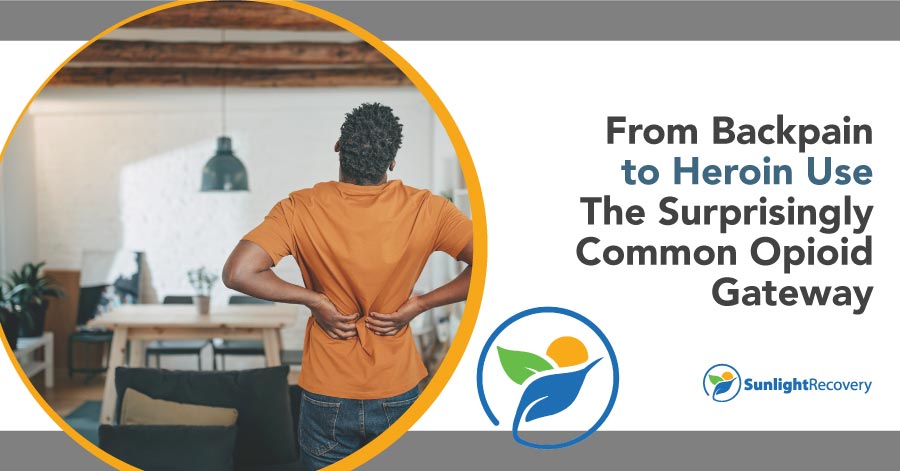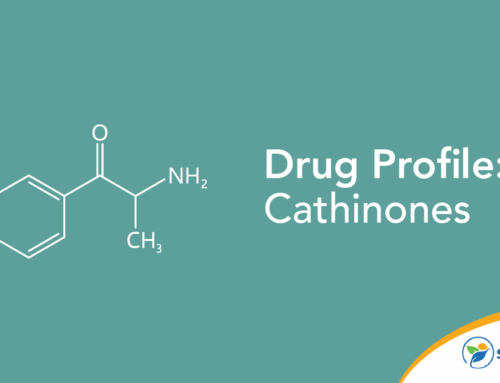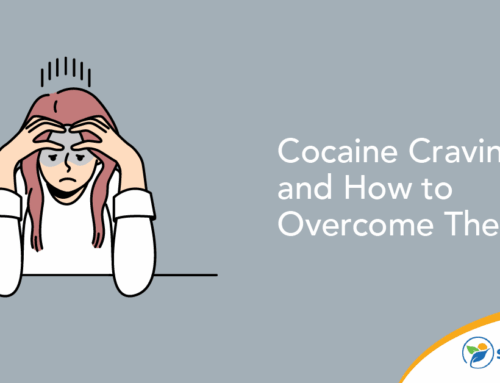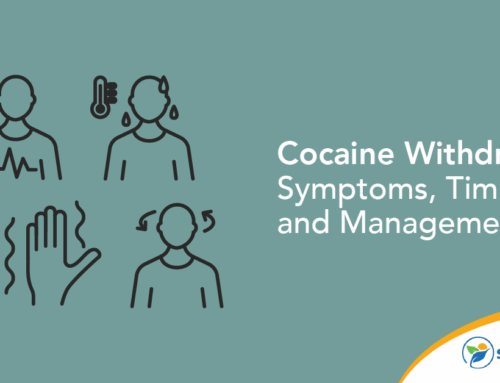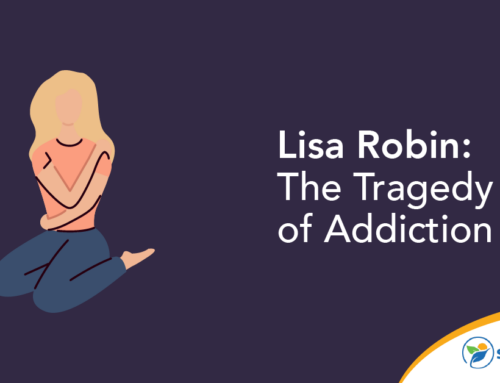Heroin is often conceptualized as one of the worst drugs. Due to the notoriously painful withdrawal symptoms and the sheer havoc it wreaks on people’s lives, most drug users make an effort to stay away from it. Heroin is one of the toughest drugs to quit, and cravings are so strong that addicts find themselves acting immorally to score drugs. Even people who abuse other drugs often try to stay away from heroin. But what about the people who get addicted to it without ever taking it? What about how the opioids gateway to heroin caused a flood of desperate people to seek heroin?
This article covers a brief history of the opioid epidemic and how heroin became the drug of choice for many opioid users. We’ll also discuss similarities between heroin and synthetic opioids from a neuroscience perspective.
Understanding the Opioid Epidemic
The opioid epidemic spanned from 1999 to 2019 and, according to CDC figures, killed almost 500,000 people. But how did it start, and who’s responsible? Purdue Pharma, a large American pharmaceutical company, introduced OxyContin in 1996. They pushed an aggressive marketing campaign to encourage physicians to prescribe it for pain and injuries. They downplayed the negative side effects and massive potential for abuse and addiction, and the drug was approved by the FDA. Sales grew from $48 million in 1996 to more than $1 billion in 2000. Suddenly, a lot of people were using it as their go-to painkiller.
The first opioid-related deaths were in 1999, with 2013 seeing a spike in synthetic opioid-related deaths. This spike was accompanied by a slight decrease in heroin usage, as OxyContin was more widely accessible. Physicians played a minor role in perpetuating the crisis by overprescribing the medication to patients for pain.
In 2014, the FDA took action to regulate its use, yet deaths continued increasing exponentially until 2019, when heroin use dropped. Purdue Pharma was the main culprit causing the epidemic, and the owning family paid $6 billion to escape further court action and was granted immunity. While the family said they regretted the epidemic, they denied any wrongdoing, and Purdue Pharma is still in full operation today. And in 2017, 93% of postsurgical patients were still receiving opioid prescriptions for pain.
While it’s unclear what percent of opioid users become addicted to heroin, one study found that 75% of people in recovery for heroin addiction started with a prescribed drug.
When the Supply Stops: The Opioids Gateway to Heroin
The problematic nature of overprescribing highly addictive opioids has led physicians to practice more caution when prescribing them. While this seems like a reasonable response to the problem, it begs the question, “What about the many citizens who are already addicted to them?” Lack of access to prescription opioids led more suburban middle-class opioid users to search the streets for a heroin score to satisfy their cravings.
Most people addicted to heroin never got addicted. This is especially true for those who unknowingly took extremely addictive synthetic opioids for postsurgical pain. When the supply from their physicians stopped, in many cases, it opened the gateway to heroin use, and heroin became the drug of choice for many opioid users.
Similarities Between Opioids and Heroin
Opioids and heroin affect the brain in similar ways. They bind to opioid receptors, which are found in many areas of the brain, including those responsible for pain perception, reward and stress relief. When opioids bind to these receptors, they activate them and produce a feeling of euphoria. This leads people to keep taking them, even when doing so is harmful.
Over time, opioids can cause changes in the brain that make it difficult to stop using them. These changes can lead to addiction, a condition characterized by compulsive drug-seeking behavior and the inability to control use despite negative consequences. Opioids also have other effects on the brain, including slowing breathing and heart rate, which can lead to overdose and death. Because of these similarities, it’s important to be aware of the risks associated with both opioids and heroin.
Why Are They So Tough to Quit?
Opioids and heroin are both highly addictive and cause severe withdrawal symptoms when users attempt to quit. The main reason opioids and heroin are so difficult to quit is that they cause strong physical dependence. When someone regularly uses opioids or heroin, their body adapts to the drug and relies on it to function properly. As a result, when users try to quit, they often experience debilitating withdrawal symptoms, including nausea, vomiting, diarrhea, cramps, anxiety, insomnia, and physical pain.
These symptoms can be so severe that many users give up and start using again. Moreover, both opioids and heroin are cheap and widely available, making it too easy for users to relapse. Users also develop a tolerance to the drugs over time, meaning they need to take increasingly larger doses for the same effect. This makes quitting even more difficult. Consequently, opioid and heroin addiction is a serious problem with no easy solution.
If you’re struggling with an opioid or heroin addiction, it’s important to get professional help to quit. Quitting alone often has low success rates, but getting professional help can increase your chances of success by a substantial margin.
The main deterrent from quitting is often the painful and uncomfortable withdrawal symptoms. With professional medical supervision and intervention, much of the discomfort can be mitigated with medication so you experience as little discomfort as possible.
The First Step to Recovery
The notorious opioid epidemic is an unforgettable stain of medical history in the United States. The nation is still recovering from its catastrophic effects, which killed nearly half a million people and caused millions to become addicted. Often prescribed as a simple pain reliever for injury or postoperative pain, the overprescription of OxyContin turned many nonusers into addicts. After 20 years of harm, the supply of OxyContin has become more restricted, which has led to an increase in heroin use. New heroin users started out misusing opioids prescribed by their doctors for pain.
Both opioids and heroin are extremely difficult to quit alone, as they cause severe physical and psychological dependency. If you or someone you know is fighting opioid or heroin addiction, know when to reach out. Our experts at Sunlight Recovery are on standby, waiting to take your call. Contact us today.


